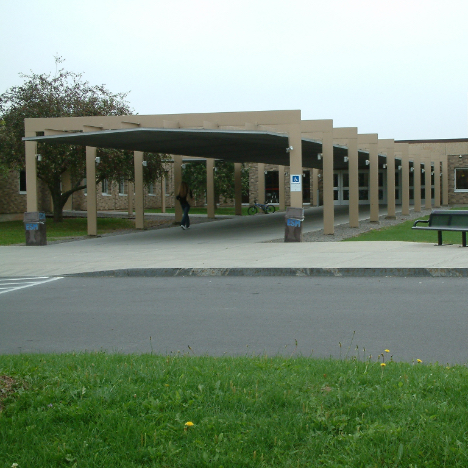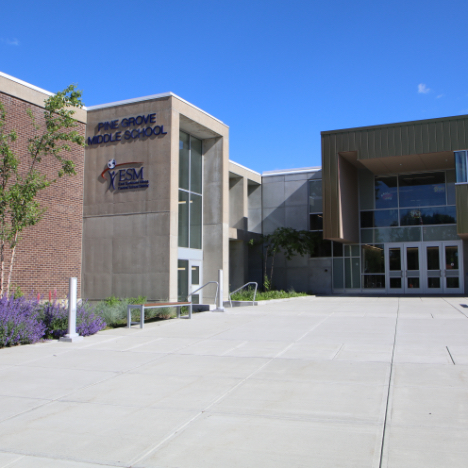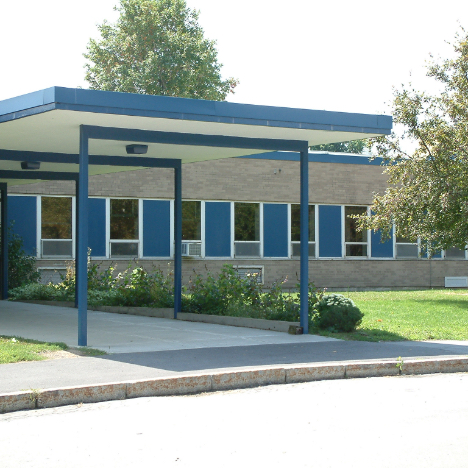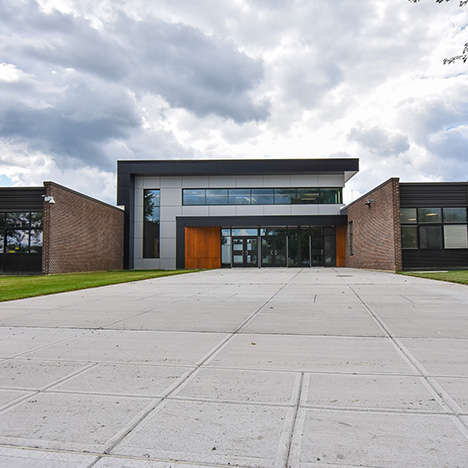Behavior Codes / Chain of Command
Student-Athletes Code of Behavior:
1) To demonstrate self-control and respect for others (including Administration, teachers, school coaches, officials, spectators, or other athletes) at all times.
2) To remember that participation in athletics is a privilege that is not to be abused by unsportsmanlike conduct.
3) To deal with opponents with respect. Shake hands after the competition and congratulate them on their performance.
4) To respect the integrity and judgment of the officials.
5) To remember that improper behavior while in uniform reflects poorly upon yourself, team, school, and your community.
6) To understand and abide by the rules/regulations of the game, coaches rules and ESM Athletic Code of Conduct.
7) To accept victory with grace and defeat with dignity.
Coaches Code of Behavior/Ethics:
1) To promote good sportsmanship, by setting a positive example while coaching
2) To respect the integrity and judgment of the sports officials.
3) To approach competition as a healthy and constructive exercise, not as a life and death struggle that requires victory at any price.
4) To recognize that the participants in individual or team sports are young men and women with who are capable of making mistakes.
5) To not use crude or abusive language with players, opponents, officials, or spectators.
6) To instruct the players in the elements of good sportsmanship and remove players from competition who demonstrate unsportsmanlike behavior.
7) To avoid behavior that will incite players, opponents, or spectators.
8) To avoid and eliminate negative comments to radio, TV, and newspaper reporters.
Communication Protocol (Chain of Command for Parents):
The following is the due process procedures used by the Director of Athletics for handling situations and/or concerns that may occur before, during, or after a sports season: (Remember to allow 24 hours after a game before approaching the coach, this gives both parties time to think “situations” through prior to commenting.)
1) The athlete asks his/her coach questions and discusses concerns.
2) If the athlete is not satisfied with the answer/outcome after discussing his/her concerns with the coach, the parent/guardian must then call the coach and arrange a meeting to clarify the situation and resolve the issue.
3) If the parent/guardian and athlete still do not feel that the situation has been resolved and wish to pursue it further, they then call the Director of Athletics for a joint meeting with the coach, parent, and athlete.
4) If after all of these avenues have been exhausted, and the parent/guardian and athlete still feel the issue is unresolved, they will arrange a meeting with the Superintendent or his/her designee along with the Director of Athletics. The outcome of this meeting will be deemed final and all parties involved will be expected to adhere to the parameters outlined in the meeting.
Back to Athletic Handbook table of contents









